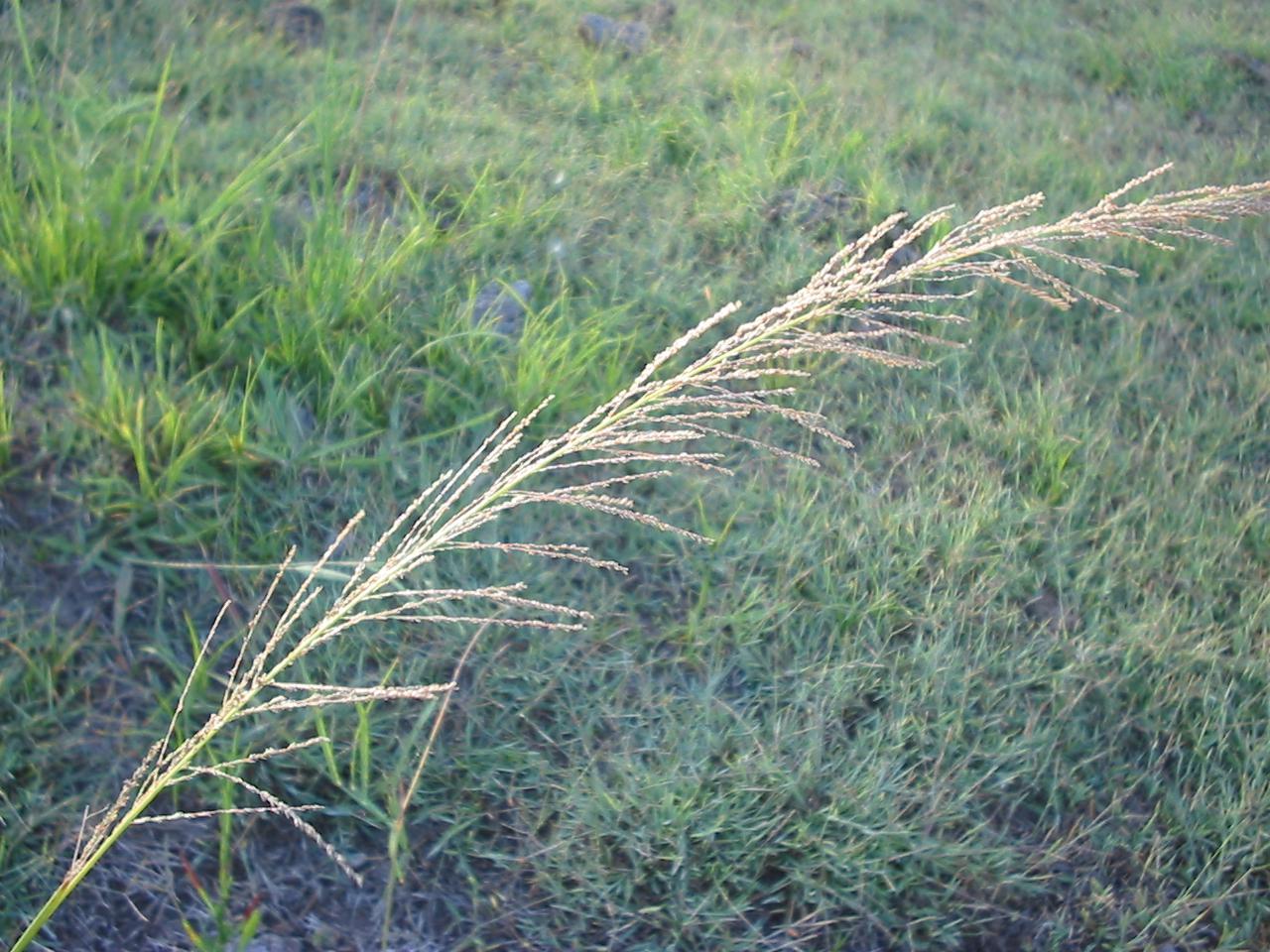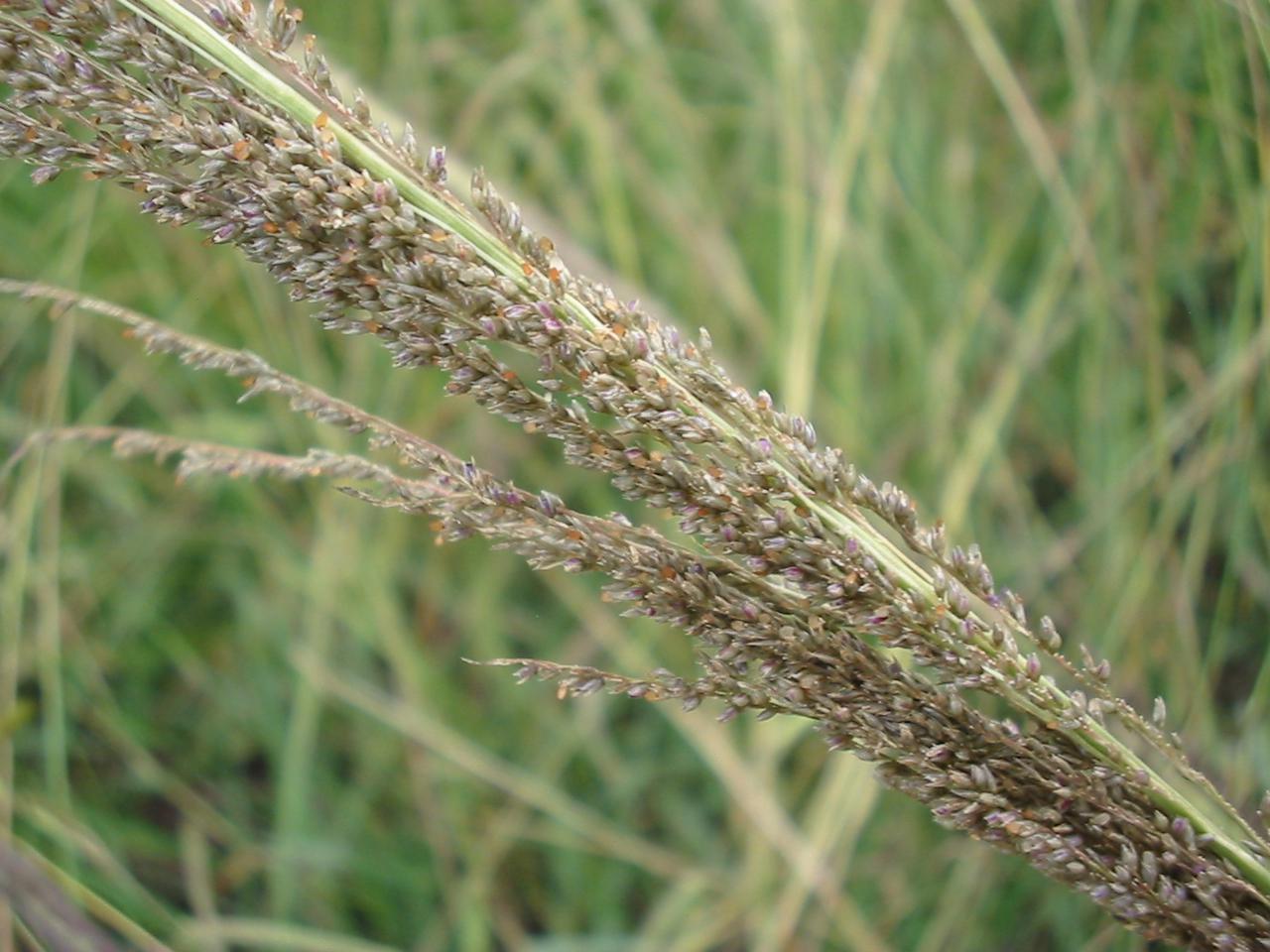Giant rats tail grass
Weed Habitat
- Originally from east Africa, Giants rat’s tails probably arrived as contaminants of pasture seed. They are aggressive, difficult to control and have low palatability when mature. They quickly out compete desirable pasture species and set large quantities of seed which remain viable in the soil for up to 10 years.
- Grow on a wide range of soils- from freely drained to saturated soils of wetland margins- favouring areas of soil disturbance such as ploughed land or renovated paddocks.
Description
- Robust, tufted perennial grasses to 1.7 m tall.
- Stems tough and wiry and almost impossible to slash.
- Developing flower heads change from a ‘rat’s tail’ spike when young, to a pyramid shape when flowering.
- Narrow seedheads can be up to 55 cm long and 3 cm wide, grey-green.



Plant Type
Other weed identifiers
Plant Life Cycle
Weed Declaration
This species is declared Restricted Matter under the Biosecurity Act 2014 for further information on declaration refer to your Local Government or the Department of Agriculture and Fisheries

